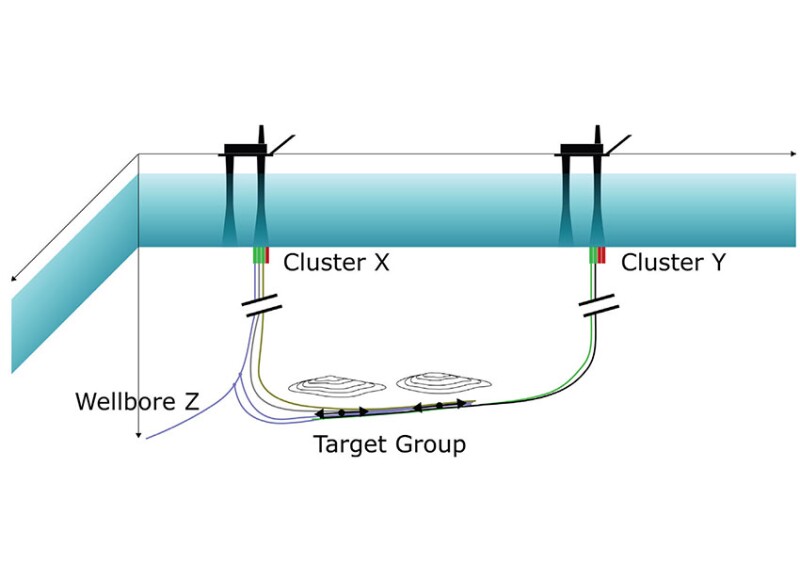Because of the multidisciplinary nature of the well-planning process, many iterations are necessary to generate a well path. This is a time-consuming process that finally leads to planned trajectories that may be suboptimal. Departing from the traditional incremental approach to well-path generation, the method proposed in the complete paper relies on the collection of experience-based constraints from each discipline to generate possible alternatives to the well path. As a result of this new process, the multidisciplinary team can focus on the relevance of the constraints rather than on the details of the planned trajectory.
Constraint-Based Well-Path Design
To better capture the decisions during the well-path-planning process and their motivation, a constraint-based design is proposed.


